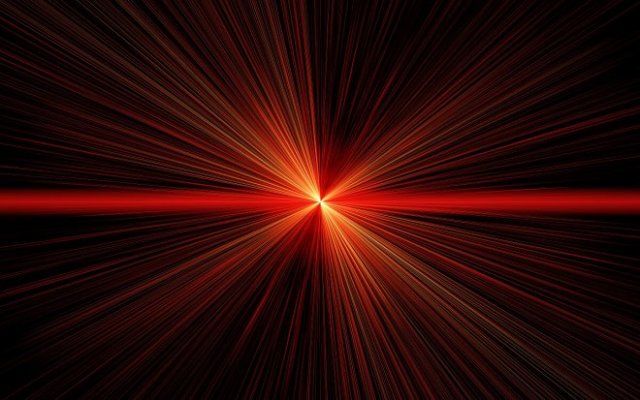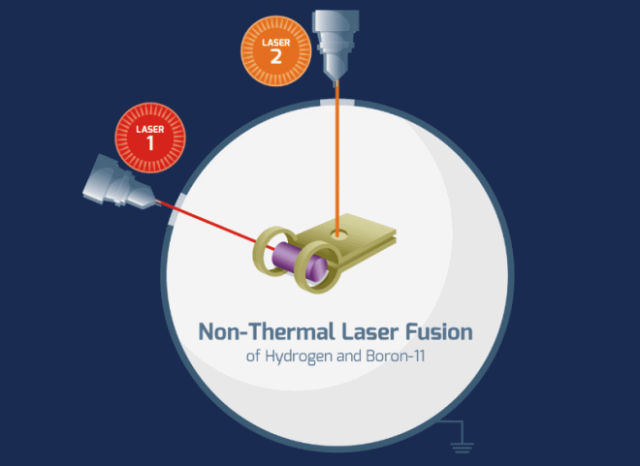
Nuclear fusion
A demonstration of a prototype of a nuclear fusion plant from the Australian company HB11 Energy took place at the Institute of Laser Engineering at Osaka University. Its founders have developed their own technology, which is fundamentally different from a tokamak in that it does not create extremely high temperatures. Therefore, the reactor design itself is much simpler and cheaper, and its fundamental operability has been confirmed by scientists from different countries.
The principle of thermonuclear fusion is to create conditions under which the nuclei of atoms will collide and merge with the formation of a new element and the release of energy. Inside stars and in a tokamak, this is achieved by creating huge temperatures, when particles begin to move so fast that they will necessarily collide with each other. But HB11 Energy offered a different way – they act with a super-powerful laser on a hydrogen atom, literally "pushing" it into a boron atom to overcome the repulsive forces. The HB11 Energy installation looks like a sphere with a boron target inside and two holes for lasers. The first acts on hydrogen atoms, the second, together with a capacitive coil, generates a magnetic field to hold the plasma. During the reaction, simple alpha particles without electrons are formed. This means that they have a positive charge, which the HB11 Energy engineers plan to "collect". However, they do not specify how exactly. During the experiments, the installation actually produced a certain number of alpha particles, and tens of times more than the calculated number. However, the efficiency turned out to be only at the level of 0.0005, so there is no question of creating a full-fledged clean energy generator at this stage. That does not prevent the creators of HB11 Energy from advertising their brainchild and collecting investments to create a new installation with lasers of already petawatt power.

Laser nuclear fusion
